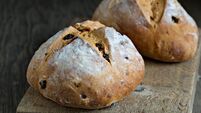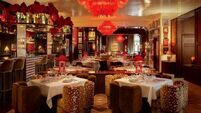Wine with Leslie: Beaujolais wines are back in the spotlight
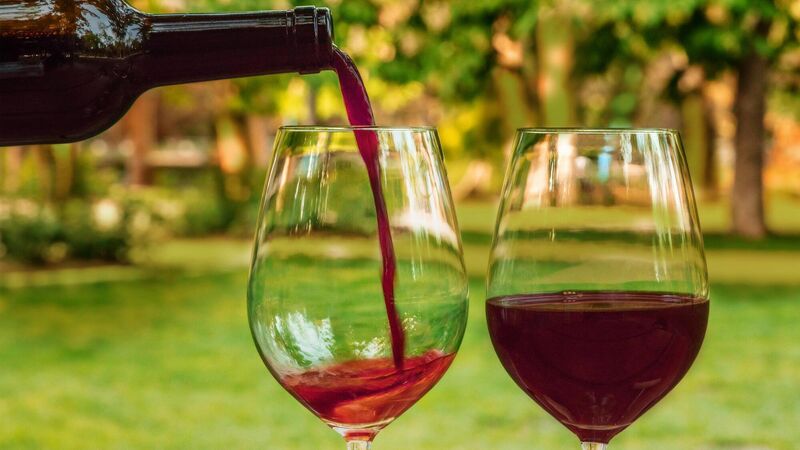
Pic: iStock
Your annual reminder of the joys of Beaujolais, a wine region often damned with faint praise by consumers who vaguely remember buying Beaujolais Nouveau back in the ‘80s. In fact, Beaujolais has had a complete renaissance in recent decades and is now one of the hippest wine regions in the world.
The region is very pretty with lots of rolling hills should you get a chance to visit. Base yourself in Lyon, one of the culinary capitals of France and home to gastronomic wonders such as Saint-Marcellin and Bresse Chickens — its excellent restaurants all specialise in Beaujolais.
There are three categories; Beaujolais AOC produced in the south of the region, Beaujolais Village which is scattered around, and the 10 Beaujolais Cru Villages. Fleurie is the Cru everyone knows but the other nine Crus are often better value. Everyone knows Fleue for its fleshy fruits and lightness of touch — perhaps the most charming cru at its best.
Morgon probably comes next and famed as the birthplace of the modern ‘natural wine’ movement made famous by the ‘Gang of Four’: Jean Foillard, Marcel Lapierre, Jean Paul Thévenet and Guy Breton — all outstanding producers and relatively good value. Were they 50km to the north in Côte de Beaune you might need to add a zero to their prices.
Moulin à Vent is the longest-lived Cru and the wines can be very fine and complex, I’m more of a Morgon fan myself. Brouilly and Côtes de Brouilly can be drunk much earlier and are the two largest Crus with styles that vary from light and fruity to more structured and intense — the best have beguiling cherry-bomb charms.
Chénas, Chiroubles, Régnié, Julieñas and Saint Amour are rarely seen, which is a pity, as they can all be delicious. In particular, I’d like to see more Régnié and St Amour, lighter but often delicious. St Amour is the most northerly Cru with the vineyards overlooking Pouilly Fuissé in the Mâcon.
Wines this week are all Beaujolais including a few Supermarket quaffers and a few more serious ones. Other Beaujolais names to watch for include Domaine Rochette Morgon (MacCurtain Wine Cellar), Dom. Bonne Tonne Morgon (Mannings), Jean-Marc Burgaud Morgon and regular Beaujolais (Matsons) and Marcel Lapierre (Green Man).
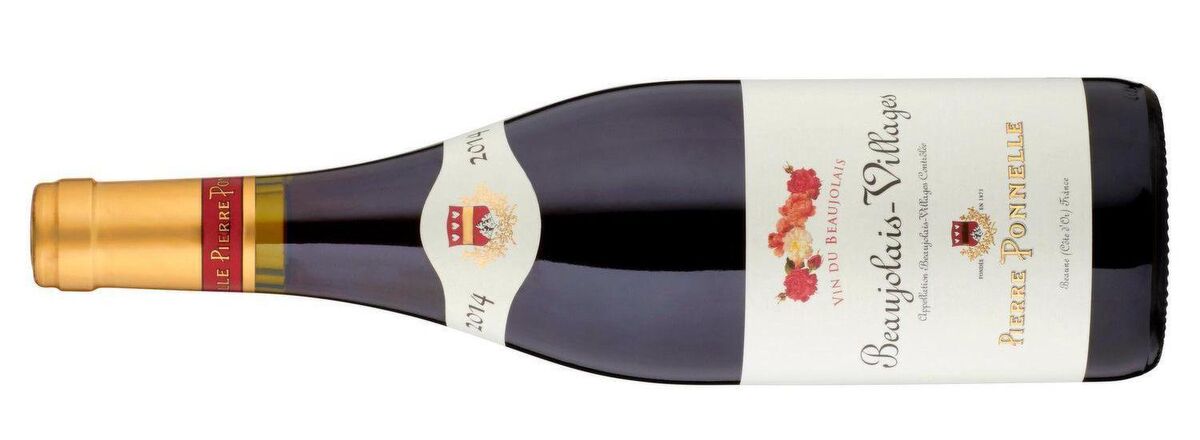
This is entry-level Beaujolais (reduced from €15), but still shows some tipicité and watch out for the slightly fuller Pierre Ponnelle Fleurie at €13. Best served a little cool to bring out the fruits — bright red fruit aromas with floral touches, softer plum fruits come through on the palate and a touch of chewy plum skin on the finish.
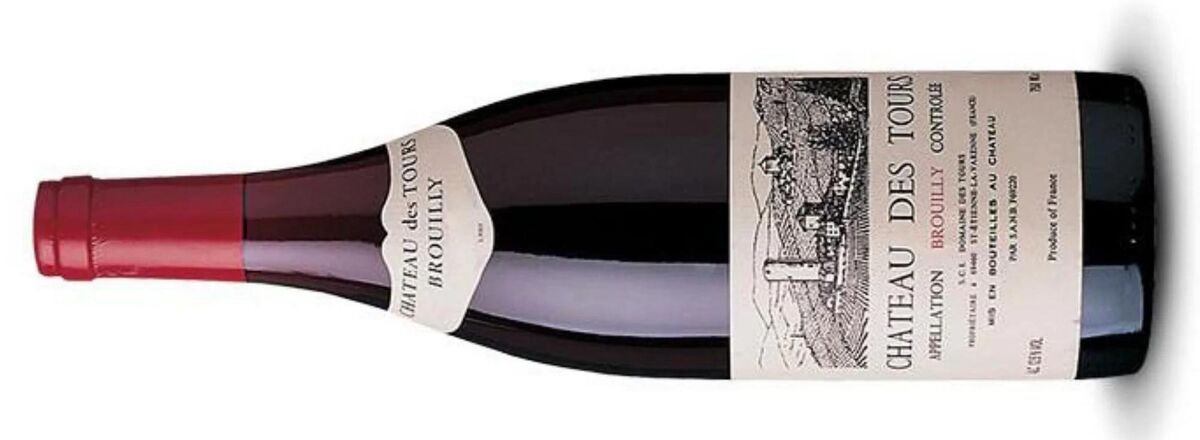
Brouilly is the most southerly and largest of the Beuajolais Crus with wines that can range from open and light to firmer denser styles. From old vines that form an amphitheatre around the Château on sandy granite soils Aromas of dark cherry with background spice notes, creamy and fruity on the palate, supple lively fruits with noticeable heft and weight.

This is the new vintage of this Fleurie that turns up in Lidl most years. I tasted this at room temperature and then chilled to around 8 degrees or so, and I found the cooler temperature really brought out the fruits. Raspberry and cranberry aromas, creamy red cherry fruits on the palate, lively and fleshy.

Reduced from €21.45, and a bit of a benchmark wine for the Beaujolais Fleurie Cru, which really does exhibit floral notes floating above its fleshy core. This has cranberry and cherry fruits on the nose, dark cherries on the palate with weightier textures than you might expect, while retaining a pleasing lightness of touch.
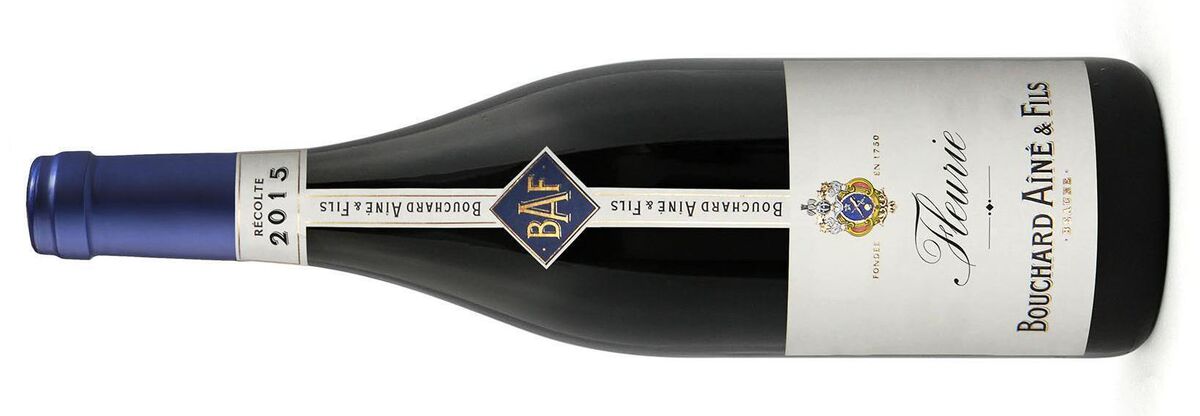
The Burgundy negociant house of Bouchard is generally reliable and their Fleurie is very fairly priced. This has white floral aromas along with the expected cherry and strawberry notes, ripe red and black fruits on the palate, a touch of chewy cherry skins and darker fruit tones on the mid-palate. Serve cool.

Alex is the son of legendary producer Jean Foillard, one of the ‘Gang of 4’ credited with founding the ‘Natural Wine’ movement. From old vines (30-60 years), pouring a bright red-purple with cherries and plum aromas, juicy and supple on the palate with earthy hints, textured, fruity and lithe.
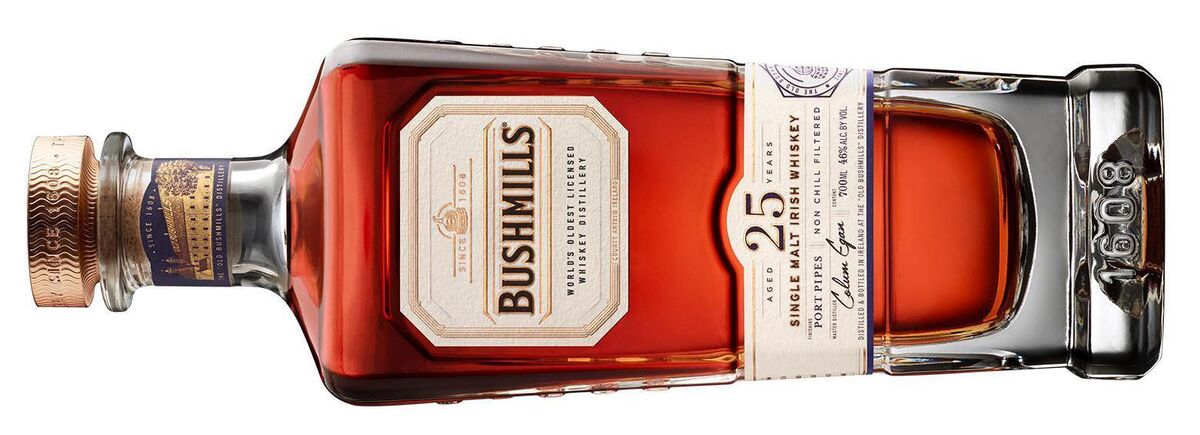
Bushmills are celebrating their brand new distillery (beside the old one) with two special releases worthy of a distillery founded in 1608 during the reign of James 1st. The 30yr PX finish is packed with figs and raisins, vanilla & praline with a sweet creamy palate with flashes of orange peel and Christmas Pudding.
For me, the 25 Year Port finish shaded it: 4-6 years in ex-Bourbon casks and then 21 years in Port casks. Dark red gold with streaks of mahogany, black fruit aromas with flashes of baked red fruits. Sweet berries first, then creamy red fruits segue into darker berries and chocolate tones as the Port finish asserts itself — lingering blackberry, cedar and spice — simply gorgeous.



